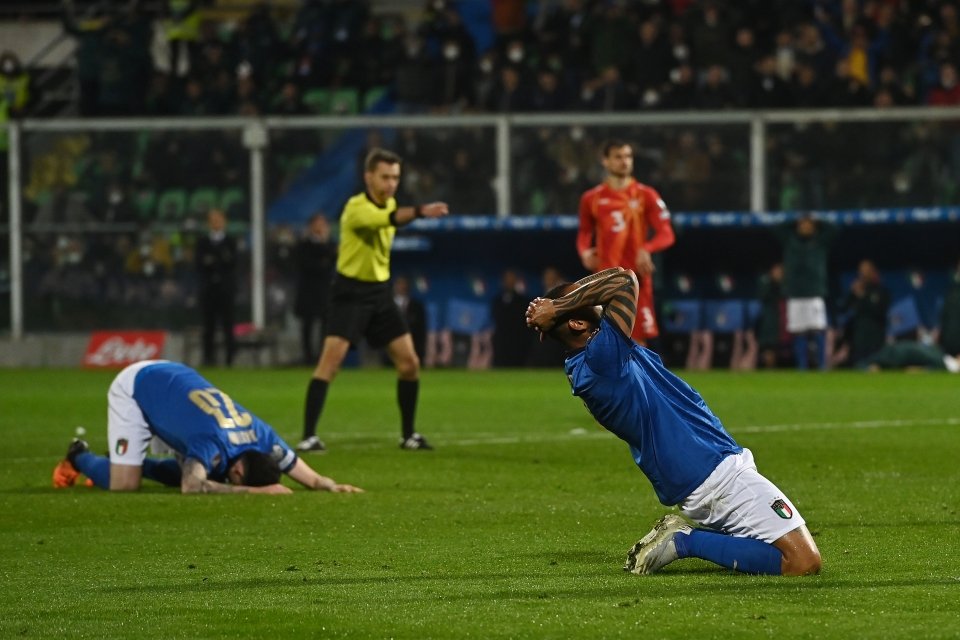Having the Davis Cup Finals and the ATP Cup held within one month adds confusion and reduces their mutual legitimacy. They should unify or change.
| The start of the year means tennis is heading to Australia. Particularly in men’s tennis, the year starts with the ATP Cup, a team-based tournament that will just host its third edition. The fact that it is held just one month after the Davis Cup Finals just creates confusion. Perhaps it is time for unification. The Davis Cup -now also using the motto of ‘The World Cup of Tennis’- is one of the oldest World-class sporting events in the world. Its first edition was in 1900, with a match between the United States of America and Great Britain. It has since become a global tournament, with over 130 countries participating. In its original format, the Davis Cup was contested in a home-and-away format played throughout the year, with a relegation format. This changed in 2019, when the World Group -of 18 countries- now took place in one location and in one week. The lengths of the matches also changed from best of five to best of three. Groups I and II -the divisions immediately before the World Group- are also now held in one host. Just one year later, in 2020, the ATP held its first ATP Cup, a tournament where 24 countries battle it out in a single location, to the best of three. In essence, the tournament became a copy of the Davis Cup Final, albeit with some competition and eligibility differences. For example, instead of it being a global competition where teams eliminate around the world, it chooses the best 24 teams based on the singles ranking. As a result, we now have two very similar tournaments that crown “the best men’s team” within one month, making both tournaments seem a bit less legitimate. There is a precedent. In 1975 and from 1978 to 2012 the ATP sanctioned the World Team Cup, just with eight teams and also basing its eligibility on the singles ranking. With its significantly smaller scope, it could coexist with the Davis Cup until its demise due to lack of sponsorship. In 2017, Association Football player Gerard Piqué (ESP) approached the International Tennis Federation -which sanctions the Davis Cup- and ATP to “revolutionise tennis” (The Sun), pitching the one-host large Final idea that eventually came to fruition. Promptly, the ATP proposed to revive the World Team Cup, with 24 teams (Reuters). Two years later, Piqué was saying that the Davis Cup “is the project of his life” (SportBusiness) and explained how he persuaded the World’s #1 player, Novak Djokovic (SRB), to play n the tournament. The first “Davis Cup Finals” was hosted in Madrid, in November 2019. He acknowledged the ATP Cup was agreed to be plaid in January, “and then we will have more facts and have a good discussion”. After two years the fact is that we have two very similar tournaments within one month. The tennis world can live with the two tournaments and go ahead but it is far from ideal. It leads to confusion and mutually decreases the value of the tournaments. Rafael Nadal (ESP) put it well in 2020: “Two World Cups in one month is not real. It is not possible. We need to find a way to make a deal [between] the ITF and ATP to create a big world team cup competition, not two world cups [so close together]. That’s a confusion for the spectators, and we need to be clear in our sport. For the health of our sport, it is mandatory that we fix it.” (The Guardian) A world with the Davis Cup and the World Team Cup concurrently was different because the home-and-away dynamics made the Davis Cup a different sort of tournament. But when the two tournaments have the same format the idea would be that either they do not overlap each year, one changes its format, one disappears, or ideally, both merge into one large tournament. The change in the Davis Cup format from a home-and-away tournament is another discussion. The fact is that it has changed at the moment and seems to be a success. Perhaps the best would be that both tournaments merge and another tournament -or one of these two- becomes a “title” tournament where the Champion defends its cup against a challenger team, as in some professional combat sports or Sailing’s America’s Cup. That would create two very interesting tournaments that could run a the same time but everyone knows that the Status Quo is not ideal. |



